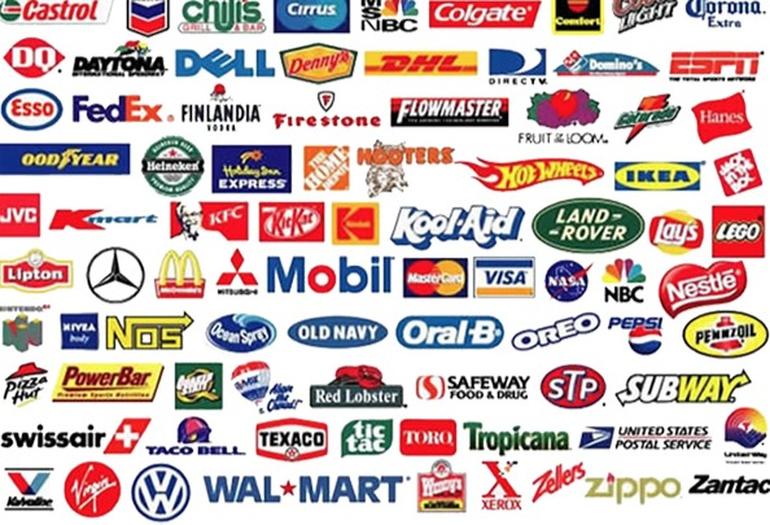
No one with much experience believes the essence of a brand is captured in a logo. Not even one as revered as the swoosh.
As memorable as some of advertising’s greatest slogans have been, do we think there is any way that a half-dozen words inspire loyalty?
Our preoccupation with elements is understandable. Killer copy, compelling visuals, wrapping a message in an irresistible package that connects somewhere in the solar plexus and stirs action— it’s fun to create this stuff! (Or maybe more accurately, having created is the fun part.)
The expectation is that this is our job as advertisers and marketers.
But we agree, don’t we, that when we talk about brand, we do a disservice to everyone we work with — clients, aspiring marketers, entrepreneurs, anyone working to build a brand — if we aren’t instigating a more substantive conversation.
So maybe we’re disproportionately focused on only part of our job.
While the perfect combination of budget and time can certainly transform a logo into the moniker of an enterprise, the elements created to represent a company do not create brand identity.
What You Do Speaks Louder Than Anything You Say
Great creatives can perform magic. Anyone who doubts this hasn’t been privileged to see their genius in real time. But elegant marks and eloquent prose have little sway when it comes to deciding what actually resonates with the market…never mind, which emotions and ideas will linger.
And the stuff that lingers is the life-blood of a brand.
This stuff creates a narrative that can even transcend huge missteps. If you’re old enough, you remember when Coke tried to sell us something New; or when Harley-Davidson thought the marketplace would get on board with a cologne. Even the royalty of modern marketing had an enormous dud with the Apple Newton.
A brand can survive a bad chapter.
The reason is simple. Most of us learned it in the process of maturing — actions speak louder than words. And when it comes to defining a brand, the marketplace puts more stock in the running narrative created by what we do than in anything we say.
You Can’t Judge A Brand By It’s Logo
According to data from the U.S. Bureau of Labor Statistics, only 25% of businesses will survive to the 15-year mark. Depending on whose research you choose to believe, between 80%-90% of all product launches fail. If success were as simple as investing in killer branding elements, surely these numbers would be better.
Which brings us back to where this rant began. Logos, colors, copy lines and full-blown award-winning creative genius does not create identity any more than a book’s cover tells the whole story.
Identity is a mash up of anecdotes and ideas, expectations and experiences, ideals and affinities. All of this creates a narrative that unfolds in the mind’s eye at the mere mention of a name. Or, with the glimpse of a logo.
And our best attempts as marketers notwithstanding, the marketplace will decide what makes it into the narrative.
The Experience You Deliver Is Your Brand
It would have been smart to say this at the top, but if you’re still with me, let’s underscore the fact that elements that represent a brand are critical. Excellence here invites the market to participate in the narrative. So, great brands bake creative genius into anything that represents any facet of the enterprise.
For the past nine months, we’ve seen hundreds of examples of this as businesses of all sizes in all sectors have let their actions demonstrate dedication to neighbors. Accounts of selfless service and the power of charity have inspired hope in the midst of the pandemic.
Of course, there has been the flip side— including the despicable story of managers in a food plant wagering on the number of workers that would eventually become infected by COVID.
In each case, actions linger as a permanent part of the respective brand’s story. Each informs the market of the company’s (or individual’s) values. Each provides an eloquent or obscene reflection of the way a company views its market.
So, here’s the proposition: As marketing leaders, we shoulder the responsibility to facilitate more complete conversations about what creates a brand.
Yes, we must inspire and create work so good that it can represent the entire story of a brand; but in addition, we should advocate for and drive actions that transcend anything we might say. Because when the marketplace writes compelling stories about the brands we represent – that’s when we’ve been party to creating work that makes a difference.